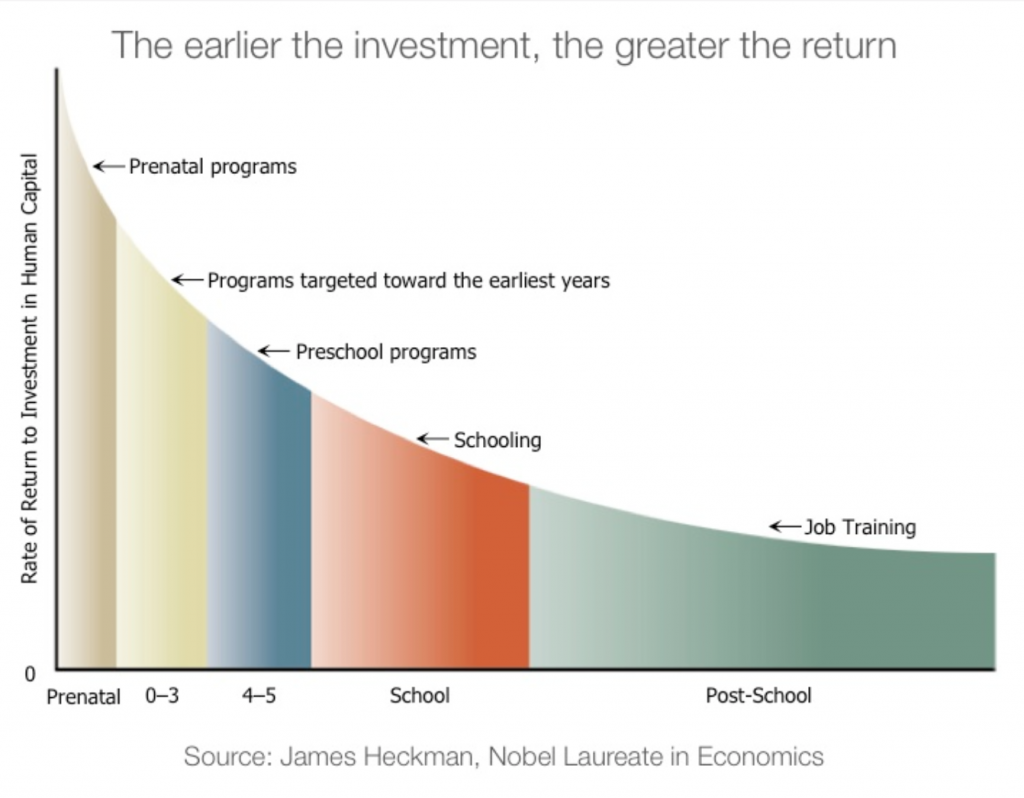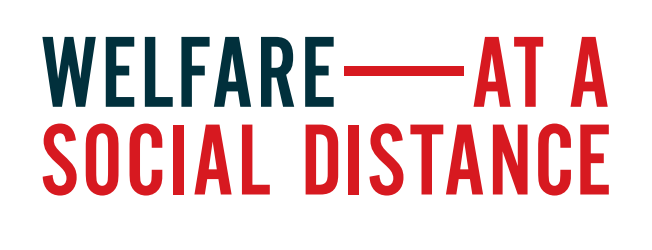
 Jo Blanden and Birgitta Rabe discuss the decision to send the youngest students back to school this summer. They explain why doing so may be important for children’s education and wellbeing, as long as health risks can be mitigated.
Jo Blanden and Birgitta Rabe discuss the decision to send the youngest students back to school this summer. They explain why doing so may be important for children’s education and wellbeing, as long as health risks can be mitigated.
The government recently confirmed that pupils in Year 6, Year 1, and Reception will be expected to return to English schools from 1 June provided COVID-19 transmissions and death rates do not rise in the meantime. If all goes to plan, nurseries and childminders will also be open from this date, with childminders looking after children from one family already able to open from 13 May.
These announcements indicate that we are moving to a stage in the pandemic where the public is expected to accept the increased risk that comes with returning to some normal activities. While there seems to be good evidence that children are less affected by coronavirus, and perhaps that they are less likely to transmit it, a lot of work has to go into making sure that school staff, students, and their families are safe, that social distancing rules are obeyed, and in some cases there will be practical barriers such as lack of space. Sending children to school will clearly make it easier for parents to work, aiding economic recovery. Many have, however, questioned why the youngest children are being sent back first. Surely, it’s going to be impossible to enforce social distancing among the youngest, and how are teachers and carers going to stop them putting everything in their mouths?
The additional educational benefits of sending the youngest back early compared to children who are a little older
Nobel Laureate James Heckman makes the case that the youngest children are like sponges, soaking up new skills very quickly and building on them at a rapid rate. His evidence comes from both neuroscience and randomised control trials that show intensive early intervention programmes can have big and long-lasting impacts on children’s educational outcomes and future prospects. As children get older, it’s harder to find ways to make such big improvements.
The biggest gains are made when early years programmes are focused on the poorest children. Other studies have found that when programmes are made available to all children it is the ones from poor and minority backgrounds who benefit the most. This is likely because the educational inputs they are getting at home are not as good. In normal times, being at school and nursery helps disadvantaged children catch up, so keeping them away from these settings will exacerbate educational inequalities. Although schools are doing their best by providing online and printed learning materials to pupils during lockdown, it is much harder to replace face to face contact with remote learning for the youngest age groups.
The framework developed by Heckman and colleagues justifies an early return to school for the youngest children, but their evidence is mostly drawn from intensive interventions, which are not comparable to the experiences of children in English schools and nurseries. Fortunately, we also have evidence from England on the specific impact of extra time spent in both nursery and Reception. This suggests that the impact of time spent in Reception on educational outcomes is quite big, whereas the impact of time spent in nursery is smaller.
What kind of benefits can we expect and where do they come from?
Evidence for Reception is based on data from 15 years ago when children in some areas started school after Christmas or Easter rather than in September if they were born later in the academic year. This study enables us to compare children who spent different amounts of time in Reception (adjusting for their age) and finds clear differences in achievement by the end of the year, at age five, with each additional month spent in school leading to 6-9% of a standard deviation higher test scores. These effects are smaller at age seven, but there are some effects on behaviour that continue until age 11. This study also confirms that time spent at school matters more for boys from lower social classes, with larger effects on educational outcomes than for other children and substantial effects on behaviour right up to age 11. An extra four months spent at school closes three quarters of the gap in test scores at age seven between boys from disadvantaged backgrounds and other boys.
To what extent can this study help us understand the implications of sending children back to school now, rather than in September? It is possible that if children go back now they will only attend part-time for practical reasons, reducing the beneficial effect. Also, the school environment when children return to school is likely to be much less stable than the one facing the children in the study, with new (and possibly distressing) social distancing procedures, a limited curriculum, and higher than usual staff absence.
However, there are other reasons why we might expect the impact of returning to Reception in the context of the current pandemic to still be beneficial. A good proportion of children who were late school starters in the above study attended nurseries in which they were working towards the Early Years Curriculum. In contrast, children are now exclusively at home with parents, many of whom juggle work, household, and childcare obligations and may have little time available for educational activities. The time available to support children’s learning at home will vary substantially between families, as will the access to learning resources, the ability and motivation to teach children, and the number of siblings competing for parents’ attention, further exacerbating educational inequalities.
Government guidance also suggests that when they return, children should be taught in classes no larger than 15. Evidence suggests that young children benefit strongly from reduced class sizes, both in terms of achievement and behaviour. In addition, the nature of the shock that children have experienced due to COVID-19 might mean it’s all the more important to get them back to school as soon as possible for their mental wellbeing, an aspect that Reception classes seem to develop especially well.
But what about pre-school children? The educational impact of a few months spent in English nurseries at age three seems to be a lot smaller than time spent in Reception. Children become entitled to free nursery care in the term after their third birthday and we have used this policy detail to compare children who have five (four) terms with those with four (three) terms of nursery before they start school. Estimates must be adjusted to take account of the fact that not all children start attending when it becomes free (most start earlier, some start later). They indicate that an extra month spent in nursery raises children’s education achievement at age five by 1-2% of a standard deviation. Children who attend settings that were rated as ‘Outstanding’ by Ofsted benefit considerably more from their pre-school experience than children in settings rated ‘Good’ or below. Again, this impact may not be replicated in the current pandemic because the learning environment in nurseries will need to be adjusted to social distancing guidelines, and further changes may need to be made.
Is the benefit really for parents?
However, it might be that the decision to allow preschool children back into their settings has more to do with relieving the pressure on working families (and ensuring that private nurseries do not go out of business) than the importance of nursery attendance for children’s progress. A recent discussion demonstrates that combining work and childcare might leave parents with quite literally not enough hours in the day.
The government guidance clearly indicates that parents will not be fined if they do not send their children back to school, so parents have a choice. Each family will have to weigh up its own risks but there is evidence that each month spent at infant school is beneficial, especially for disadvantaged children and that a swift return to school might help children make good the damage done by the pandemic to their knowledge, skills, and mental wellbeing.
______________________
 Jo Blanden is Reader in Economics at the University of Surrey and Research Associate at LSE CEP.
Jo Blanden is Reader in Economics at the University of Surrey and Research Associate at LSE CEP.
 Birgitta Rabe is Reader in Economics at the Institute for Social and Economic Research, University of Essex.
Birgitta Rabe is Reader in Economics at the Institute for Social and Economic Research, University of Essex.
All articles posted on this blog give the views of the author(s), and not the position of LSE British Politics and Policy, nor of the London School of Economics and Political Science. Featured image credit: by Kelli Tungay on Unsplash.









Unfortunately this article has no comment on the sort of educational provision that will be able to be made in these circumstances – the authors of course are not educationalists. I have not heard any EY specialists views solicited in the news. I am a retired professional educator including having worked as a headteacher and an EY adviser ( and school inspector). I simply cannot imagine how Reception children can currently be provided with appropriate educational experiences. I fear that actually some very damaging practices may be about to begin in the name of education.